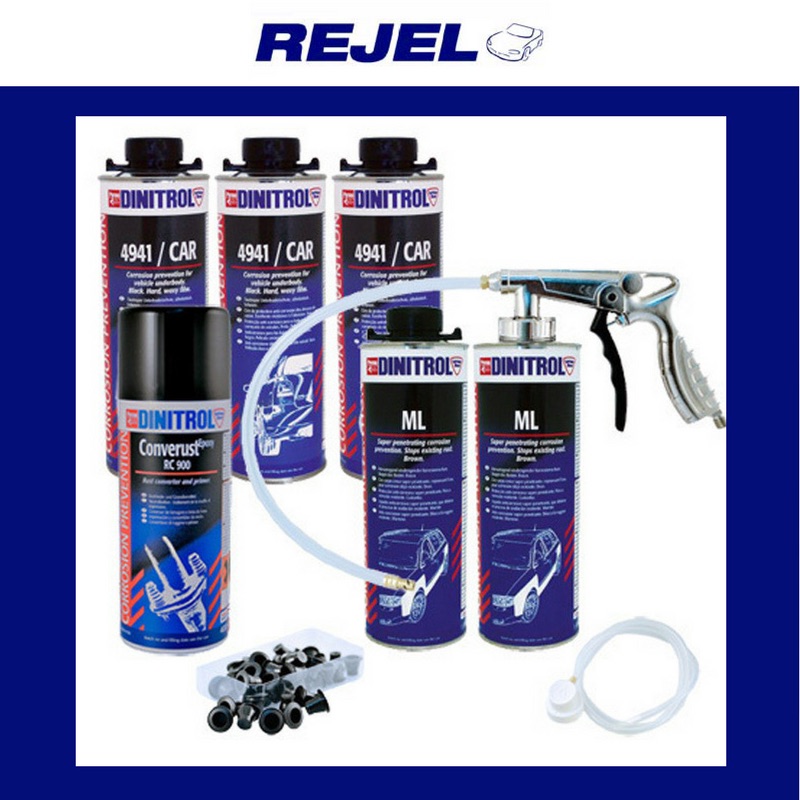18th Jan 2019
Classic cars: their value and why rustproofing is important
According to the Knight Frank Luxury Investment Index, wine, for example, offers investors a 3% return over 12 months, watches, 4%, coins, 10% and classic cars, 28%. So, there is still great value in buying classic cars to both enjoy and as an investment. Routine maintenance is crucial if you want the maximum return on your classic car. Part of this should be giving your classic car a full inspection to rule out signs of corrosion. Regular rust proofing or touch-up rust proofing will keep your car structurally sound for a safe journey.
Why is rust proofing important
Mud build-up in the lips of wheel arches, blocked drainage holes, regular driving on gritted roads, blocked drainage holes and regular coastal visits in your vintage or classic car can all contribute to the onset of corrosion if not protected with a rust proofing treatment.
Corrosion to the undercarriage and axle radius arms can lead to serious structural damage. Crash test research has suggested that cars with rust to the undercarriage chassis area have a 20% greater chance of the structural damage leading to an accident.
Rust proofing products that are designed to protect classic cars
DINITROL 4941 which is a superior self-healing underbody product which will not dry out or flake off. When applied hot to a clean, dry surface, it adheres to both painted surfaces and those coated with a layer of PVC or similar material. Zinc, rubber and plastics are completely unharmed by the product.
Dinitrol HP is a good alternative to the other underbody wax products as it's transparent.
Once dried, it will resist temperatures of up to 180 degrees Celsius so it is ideal for use around a vehicles engine compartment.
It also has self-healing properties making it ideal for use as an underbody rust proofing coating.
A customer who applied Dinitrol 4941 to his classic car commented that the product is really nice to work with was highly impressed - "The product comes out evenly and thinly – yet dries to a tough, thick, rubbery underseal. Start with the arches; make sure you get plenty of coverage in all the corners. Get the can up in the arch and spray back into the lip of the arch (mind your eyes). Be sure to get the inside edge of the front wings, and also along all the seams in the metal – seams are where rust often starts. At this point you should replace the rubber bungs into their holes and seal them in with the underseal."
Because of the viscosity of the product and the fact that it hardly runs at all you can get a really neat, even, factory looking coating of the wax all over the right areas, without it going everywhere you don’t want it to.

